When it comes to building strength, improving flexibility, or aiding in recovery, physical therapy elastic bands are a go-to tool for professionals and fitness enthusiasts alike. These versatile bands offer a cost-effective, portable, and efficient way to support various training goals. Whether you’re recovering from an injury, enhancing your resistance training, or adding variety to your exercise routine, choosing the right resistance band can make all the difference.
Understanding the Basics of Physical Therapy Elastic Bands
Resistance bands come in various shapes, sizes, and materials, catering to diverse fitness and rehabilitation needs. Bands for physical therapy are particularly popular for their ability to provide low-impact exercises while targeting specific muscles. They are available as exercise loop bands, long resistance bands, and bands with handles, ensuring that users of all fitness levels can find the perfect match.
Most resistance bands are made from latex, but non-latex options are also available for those with allergies. Color-coded bands, often seen in physical therapy bands, indicate different resistance levels, making it easy to progress as your strength improves. From special bands for exercise to workout bands for home gym, there’s a style to suit every need.
Benefits of Resistance Bands
Using resistance bands for physical therapy offers several benefits. They are ideal for injury recovery, as they allow controlled movement and minimize strain on joints. Additionally, they improve stabilizer muscles, essential for balance and coordination. Fitness enthusiasts use bands for strength and muscle training as a convenient alternative to free weights. Professional bands are even suitable for pilates, glute workouts, and lower body exercises.
Therapy bands also enhance strength training by targeting both primary and secondary muscles. For example, bands for exercise are excellent for engaging the lower body, while an band for upper body exercises ensures a balanced training routine. Plus, their portability means you can enjoy effective workouts wherever you go.
Choosing the Right Resistance Band
When selecting physical therapy bands, consider your fitness goals and current ability level. Heavy resistance bands are perfect for strength and conditioning, while lighter bands are ideal for injury recovery and beginner-friendly exercise routines. Bands with door anchors allow for a variety of exercises, making them a versatile option for home workouts.
For full-body training, a resistance band set often includes a set of 5 bands, allowing you to switch between different resistance levels. Some sets even come with a carry bag for added convenience. Additionally, latex-free exercise bands ensure that everyone, regardless of skin sensitivities, can enjoy the benefits of resistance bands.
Features to Look For
- Material and Durability
Look for high-quality elastic workout bands, such as professional latex elastic or non-latex options, depending on your preferences. - Versatility
Choose bands with handles at each end or bands with door anchors for added exercise variety. - Length and Size
Bands range from compact 12-inch loops to four feet long and even 6-yard rolls. A yard roll offers customization, allowing you to cut the band to your preferred length. - Color-Coded Resistance Levels
Color-coded bands simplify progression, whether you’re new to resistance training or working toward advanced goals. - Accessories
Some resistance bands exercise bands include ankle straps or a dispenser for added functionality, especially in a home gym equipment setup.
Exercises with Physical Therapy Elastic Bands
Incorporating exercise resistance bands into your routine can target various muscle groups. Try the following examples:
- Lower Body: Use legs ankle straps for resistance to strengthen glutes and thighs.
- Upper Body: Incorporate a resistance exercise band into arm workouts for increased intensity.
- Full-Body Workouts: Combine exercise bands workout bands with squats or lunges for enhanced strength training.
Additionally, bands like clx can be wrapped around the body for complex movements, while long resistance bands are great for resistance exercise and improving flexibility.
Turn self-care into a pleasant procedure and enjoy the visible results, giving your face freshness and youth with our facial massager!
The Final Takeaway
Whether you’re recovering from an injury, starting a new fitness journey, or leveling up your workouts, bands for home fitness provide a practical, effective solution. Their portability, affordability, and adaptability make them a must-have for both beginners and seasoned athletes. With options like elastic stretch bands, bands for women and men, and fitness bands, you’re sure to find the perfect fit for your needs.
So, explore the world of physical therapy elastic bands, and discover how they can revolutionize your fitness journey. Whether you’re focusing on lower body exercises or improving your overall strength and conditioning, these stretch bands for physical therapy are the ultimate tool for resistance and recovery.


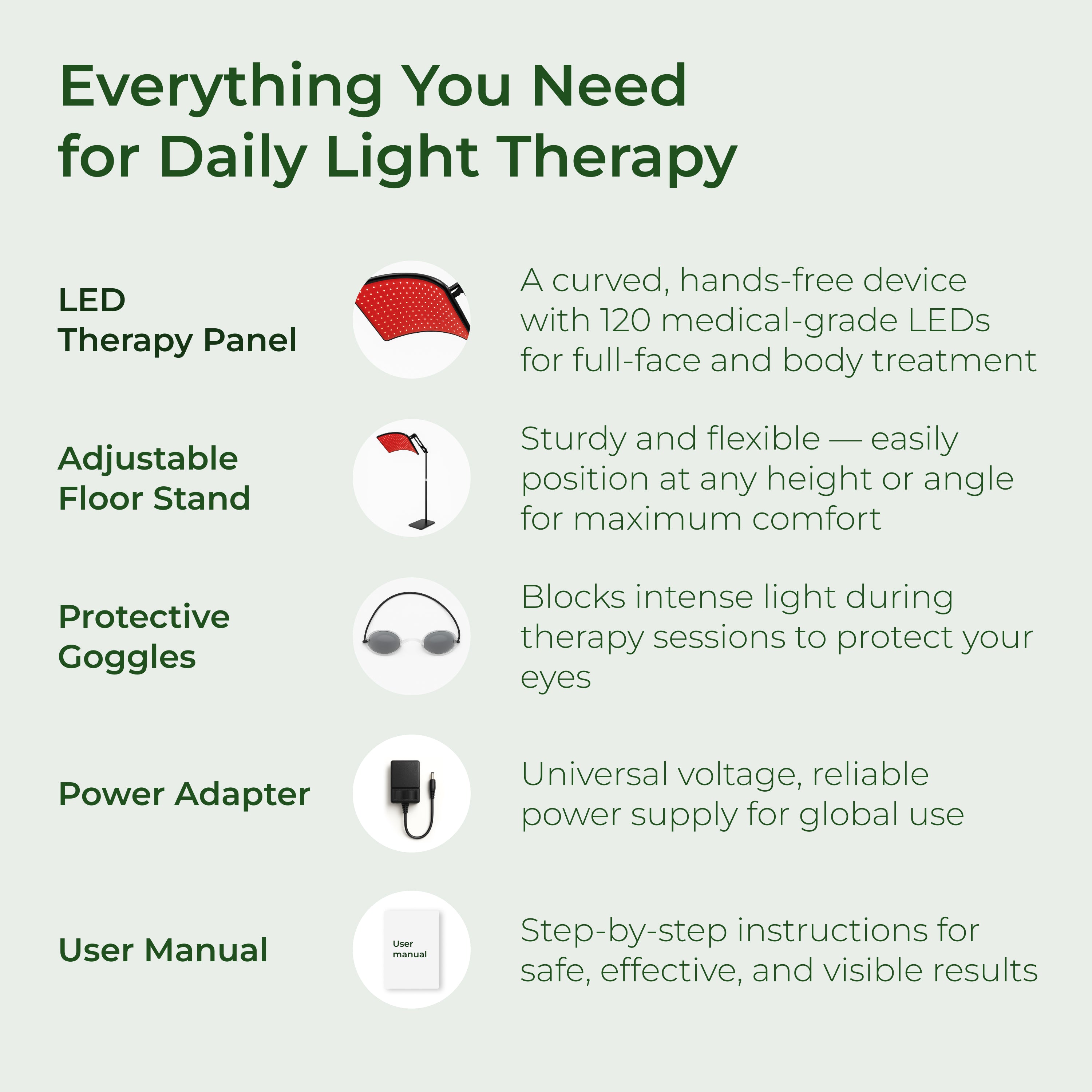
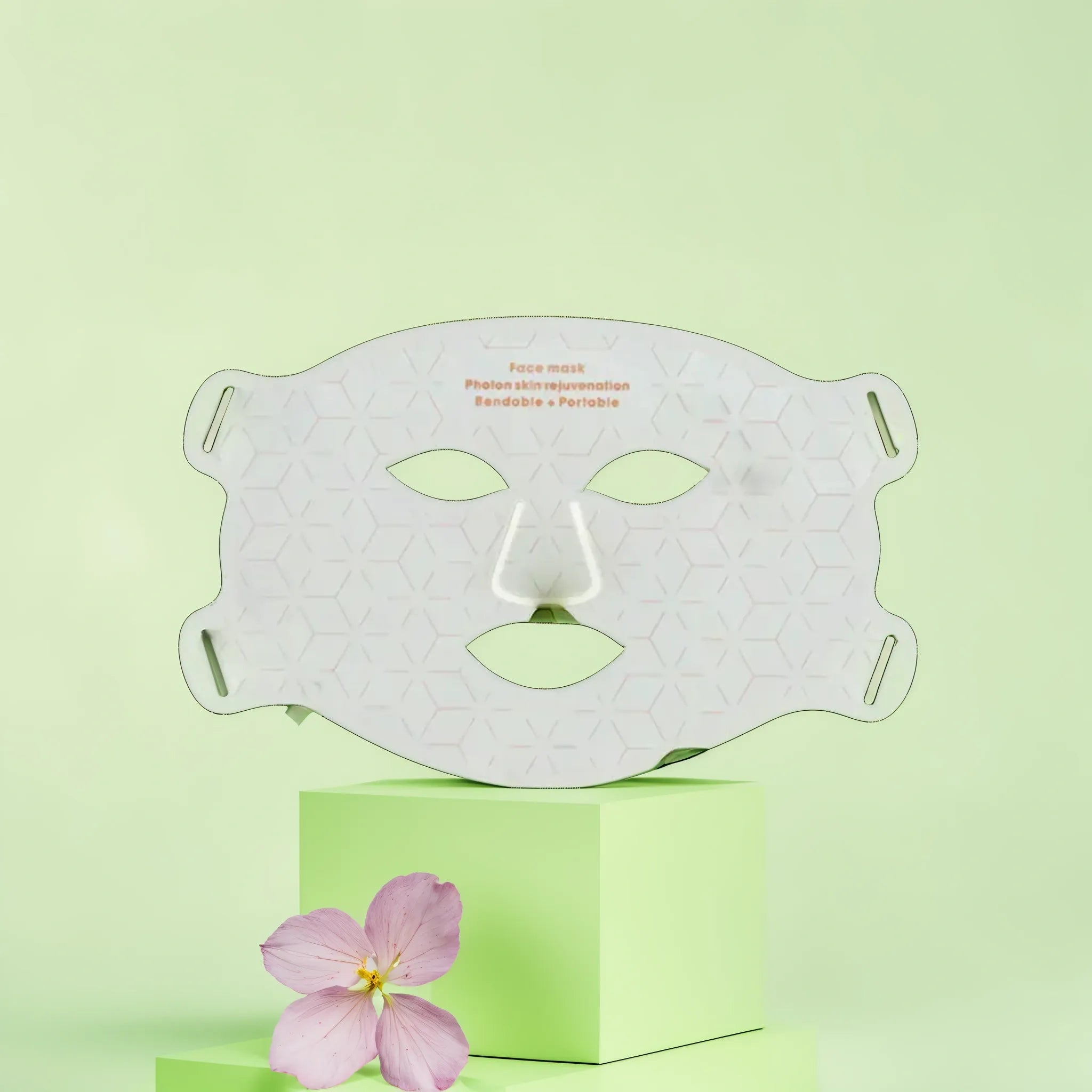
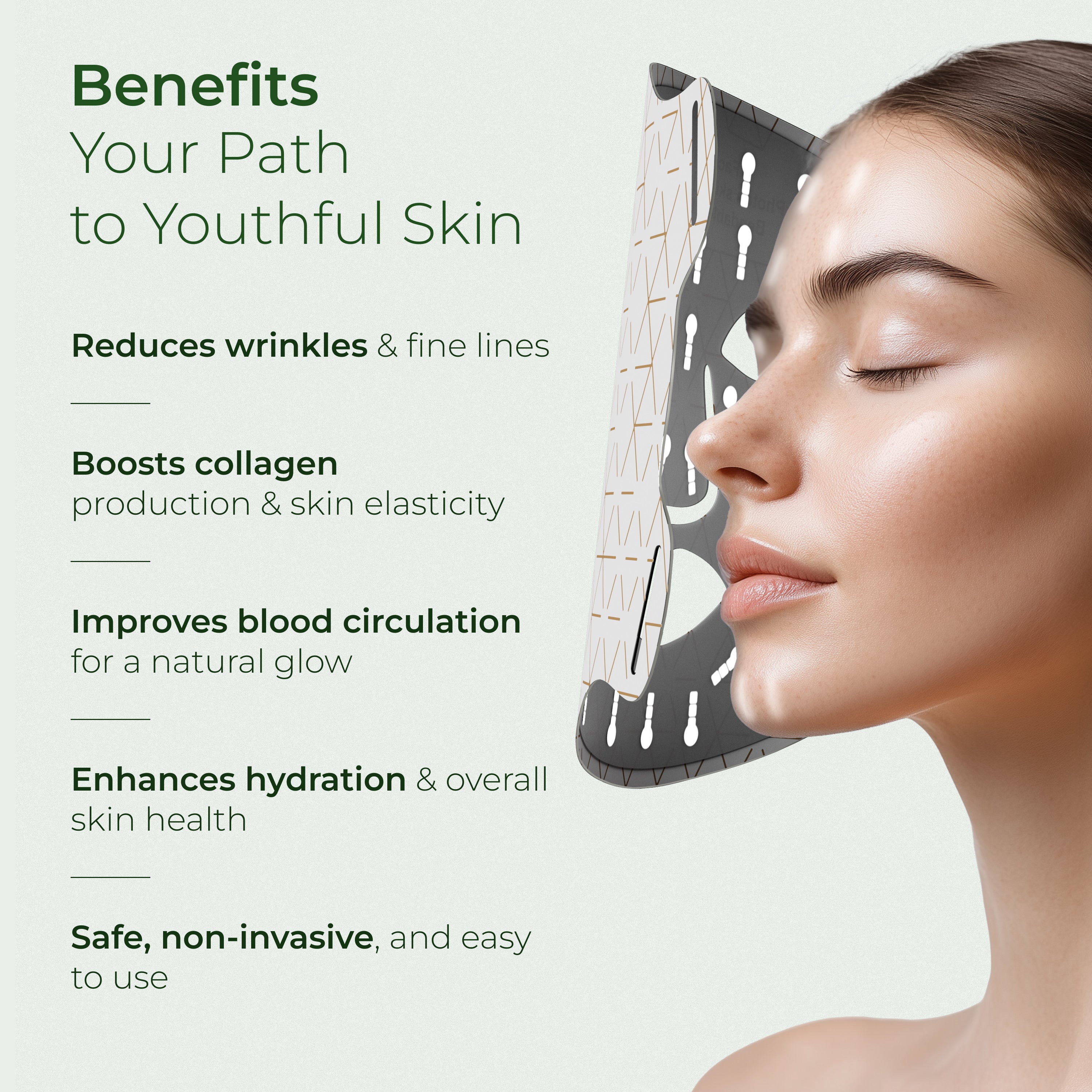

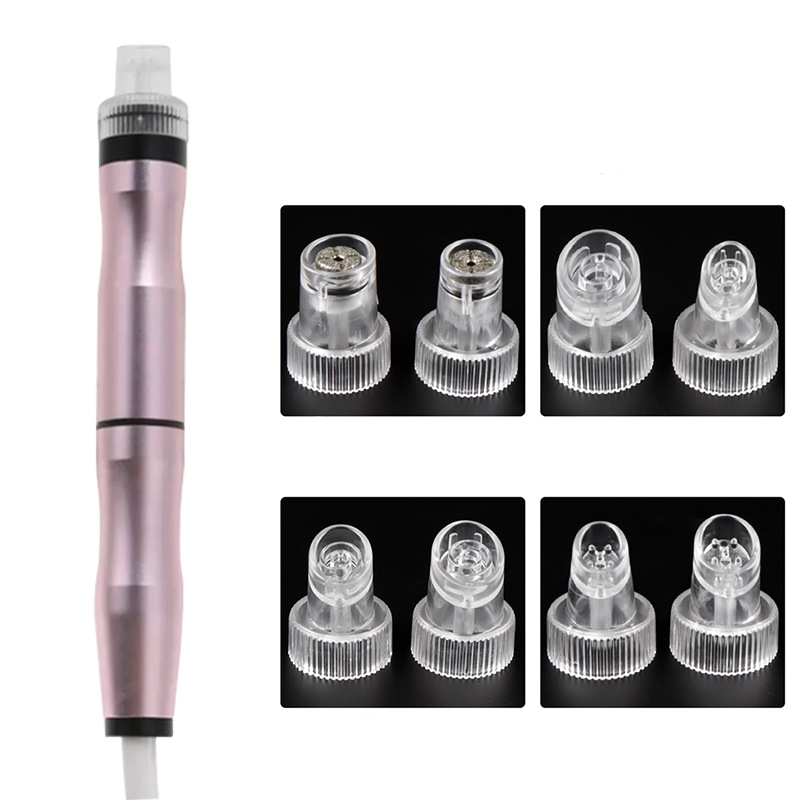
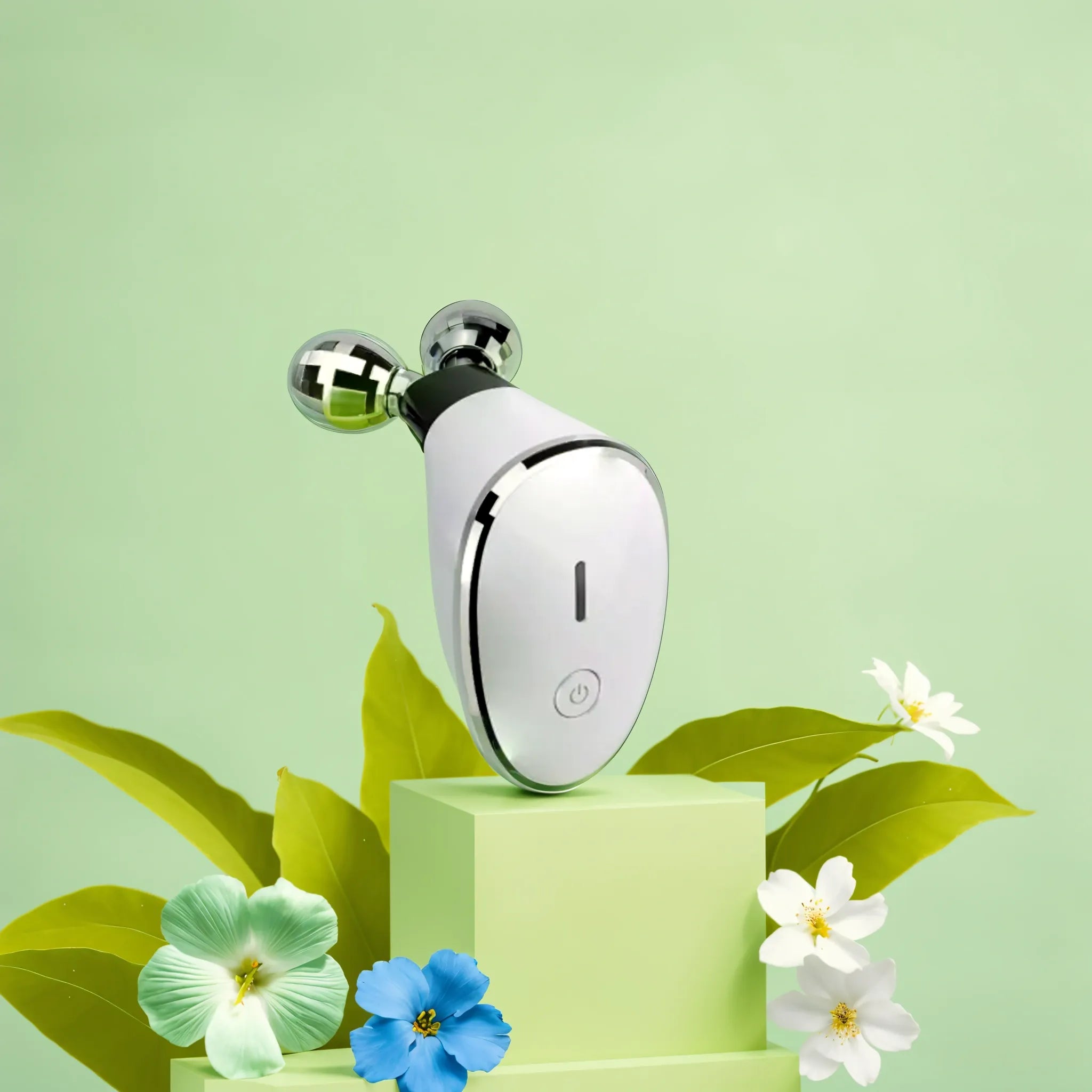
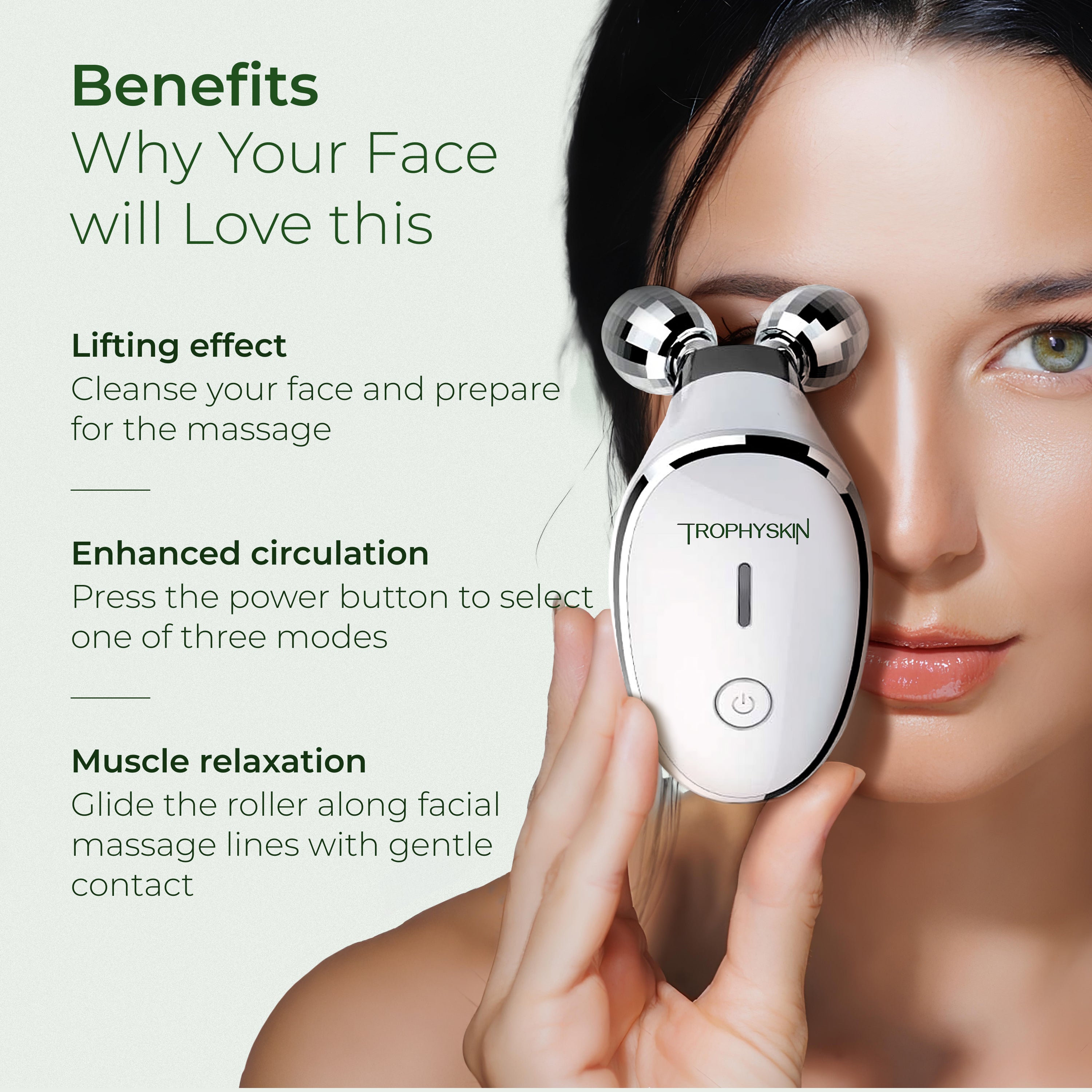





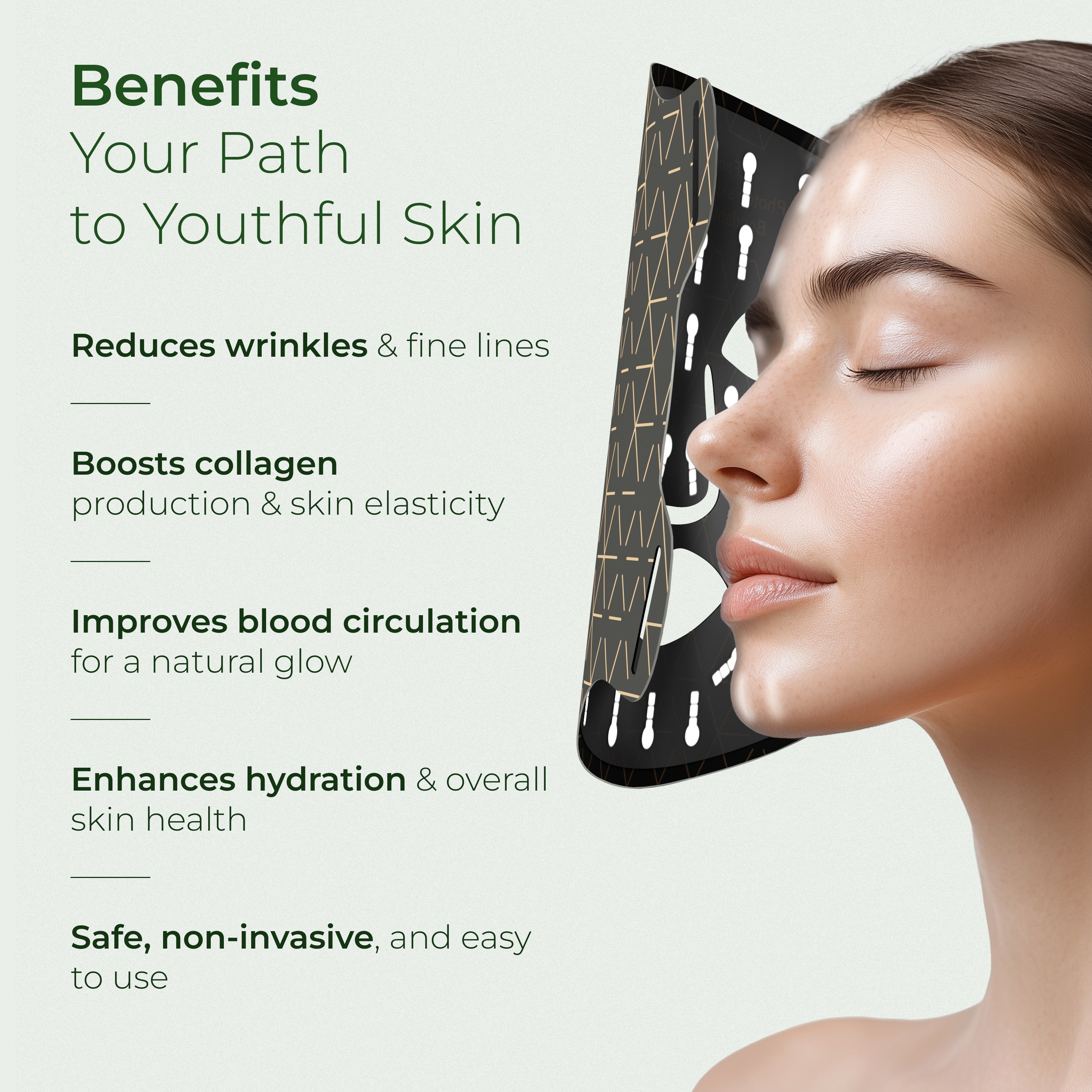
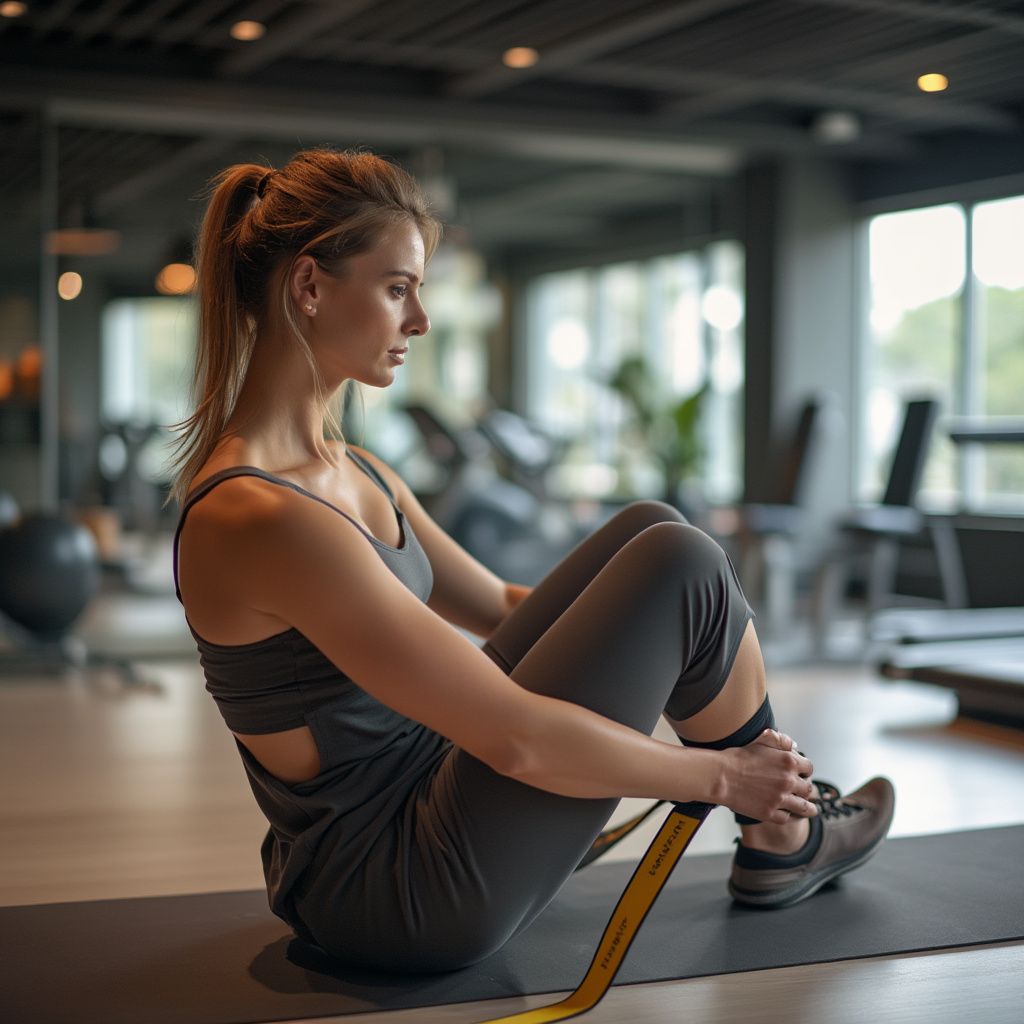
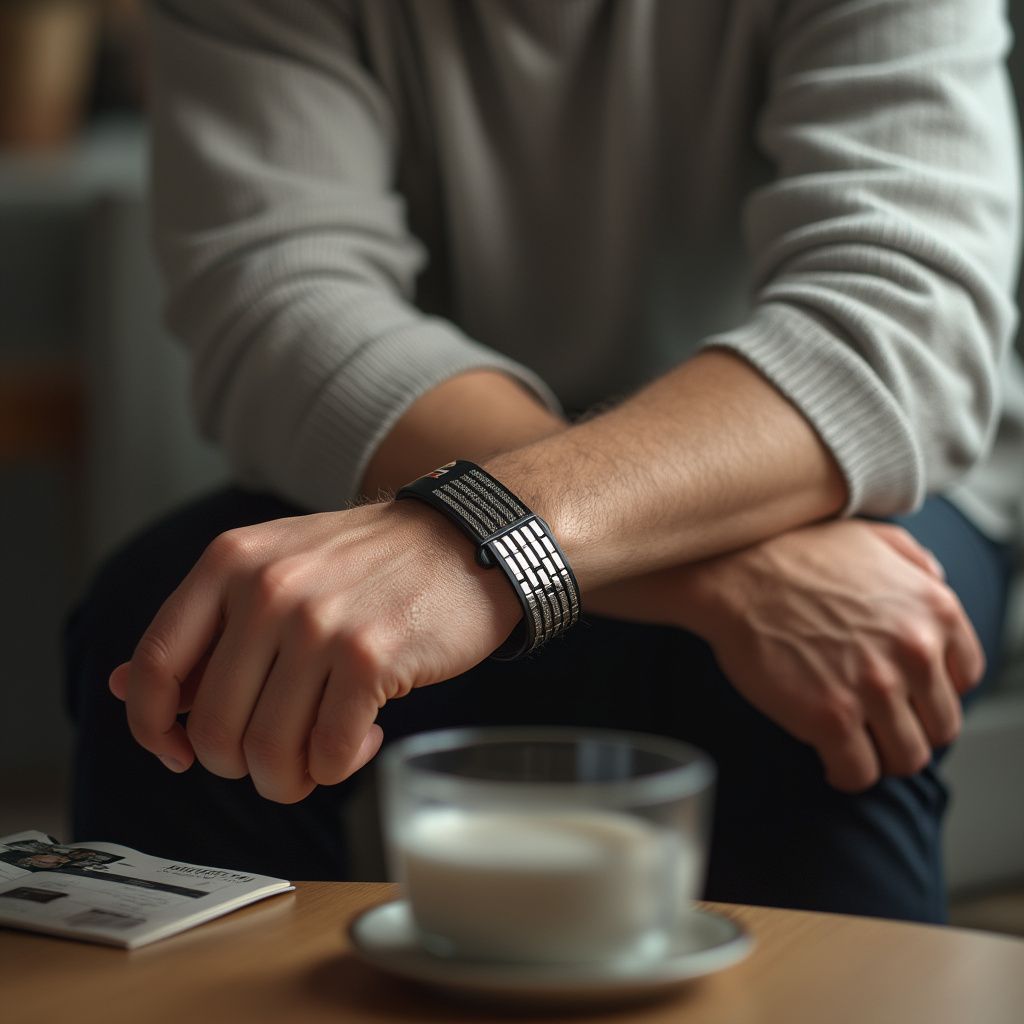
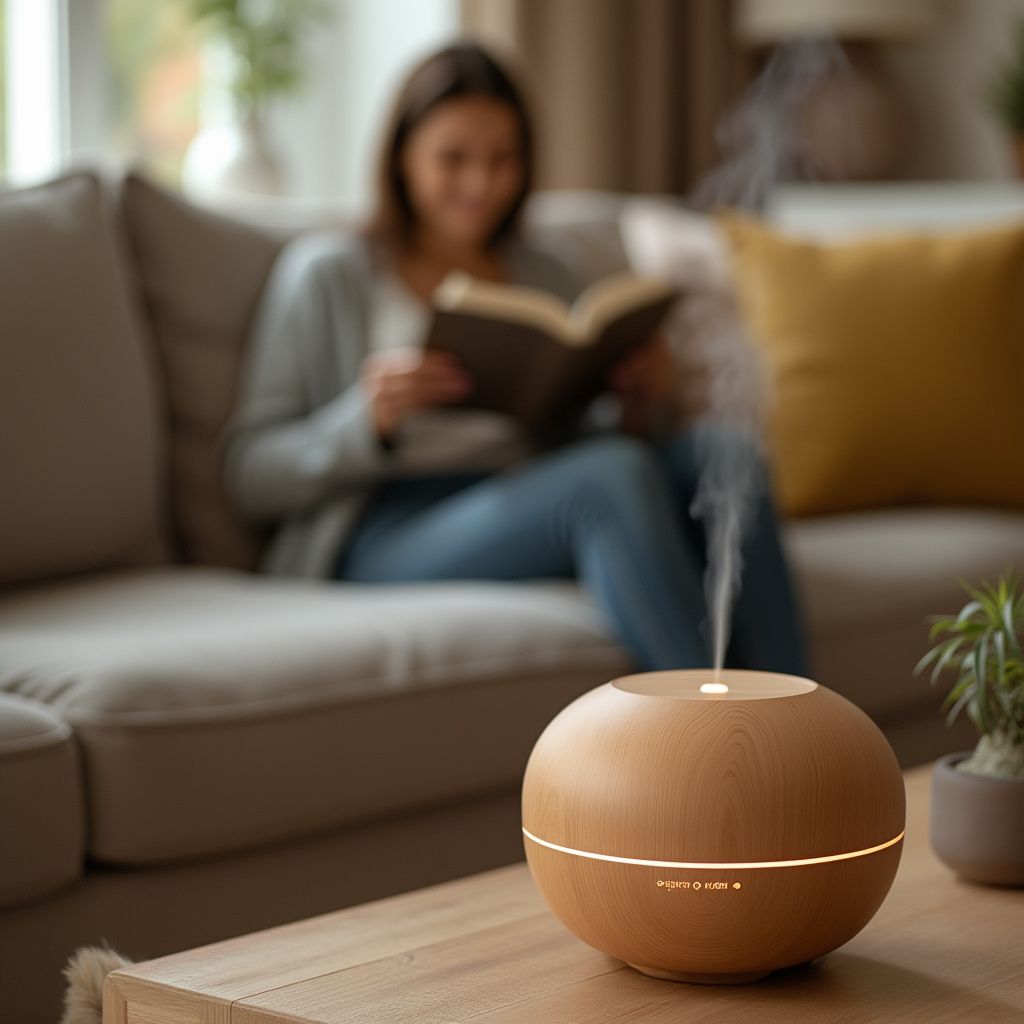
Leave a comment
This site is protected by hCaptcha and the hCaptcha Privacy Policy and Terms of Service apply.